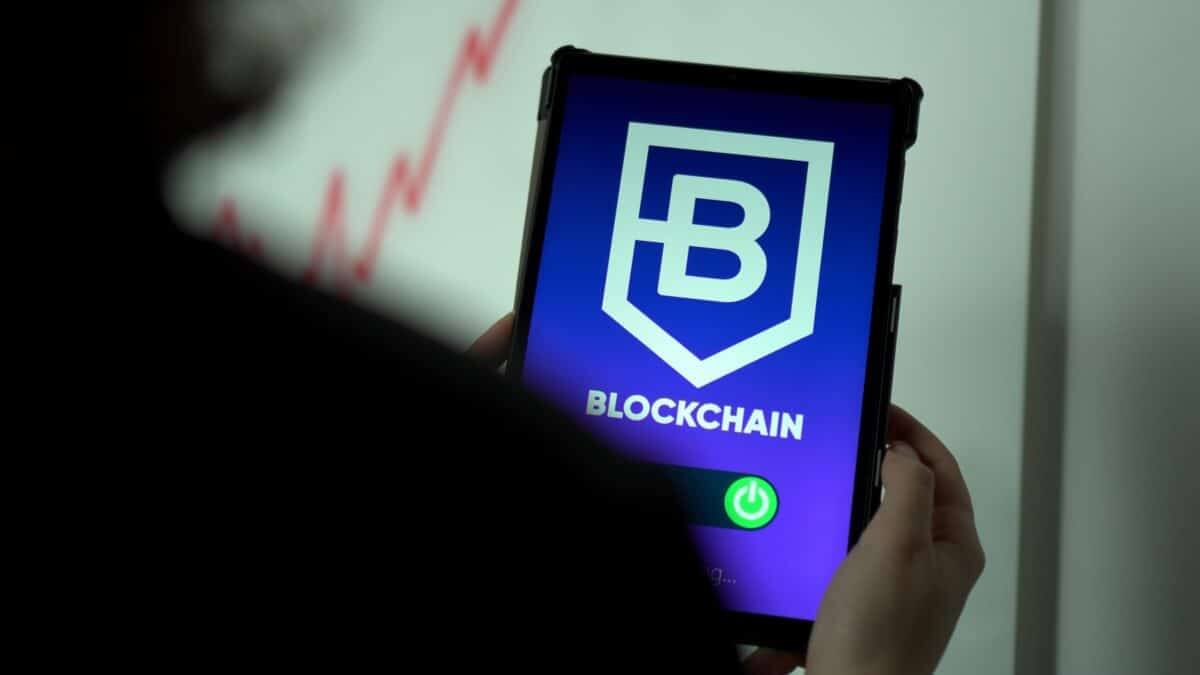
Blockchain Technology Before Bitcoin
David Chaum, a doctorate candidate at the University of California at Berkeley (California), described a blockchain database in his dissertation, “Computer Systems Established, Maintained, and Trusted by Mutually Suspicious Groups,” more than a generation before Nakamoto’s white paper. In 1982, 27 years before Bitcoin, that happened. Although Chaum wasn’t the first to create a decentralized database.
Although Chaum’s suspect networks weren’t built to serve digital money, the relationship was nonetheless clear. Using his experience with blockchain technology, Chaum established DigiCash in 1989. The business introduced a cryptocurrency in 1995 that went by the names digicash, eCash, and cyberbucks.
The digital money offered by DigiCash promised to offer many of the capabilities of contemporary cryptocurrencies. Anonymity was a major perk. The corporation claimed that not even the government could read encrypted eCash transfers. The project failed because Chaum was unable to persuade banks to fund it and because there was no internet infrastructure to facilitate peer-to-peer transactions other than exchanges. In 1998, DigiCash filed for bankruptcy.
History repeating itself
When a related research article showed up in internet discussion boards in 2008, the history of blockchain technology started to get fascinating. Satoshi Nakamoto is the author of the paper, which was titled “Bitcoin: A Peer-to-Peer Electronic Cash System.”
According to experts, David Chaum’s blockchain system and the one described in the Nakamoto research paper are nearly identical. The addition of the Bitcoin proof-of-work consensus method for validating data blocks and coin mining is the sole significant difference. The majority of people still believe Satoshi Nakamoto was the inventor of blockchain technology.
In order for software engineers all across the world to contribute to the project, Nakamoto posted the blockchain source code on SourceForge in 2008. January 2009 is the year of the first modern blockchain and its companion digital currency, Bitcoin.
For a while, it seemed as though the Bitcoin project would suffer the same unfortunate end as DigiCash. For a Bitcoin to acquire the symbolic value of one US dollar, it took more than two years. Bitcoin didn’t reach a value of 1,000 euros until 2017. Since that time, the coin’s value has continued to fluctuate as usual while significantly increasing.
A Large Number of Blockchains
For two years, Bitcoin was the only cryptocurrency and blockchain that was functional. Litecoin and Namecoin, two blockchain-based digital currencies. They were labor fruits from the Bitcoin project, were both published by developers in 2011. Peercoin was the next in 2012. Five blockchains were launched the next year, including Dogecoin, the first memecoin.
A group that included Bitcoin project participants unveiled the Ethereum blockchain in 2015. Ethereum was distinctive. Different blockchains only supported certain cryptocurrencies, and that was it. As a platform for decentralized apps, Ethereum was introduced. Thousands of blockchain-based applications are built on top of the Ethereum blockchain since it stores executable source code in addition to data. Due to its adaptability, the Ethereum blockchain is perfect for hosting both NFTs and dApps.
Currently, scientists are experimenting with different iterations of the fundamental blockchain design. Although mainstream blockchains operate efficiently under light loads, they have difficulties scaling to accommodate large-scale applications. Transaction costs skyrocket, and processing times can take days rather than just a few hours.
This technology would continue perform crucial roles in healthcare, identity management, supply-chain management, entertainment, and other industries even if the world’s governments passed laws outlawing the bitcoin market. It will not go away.


